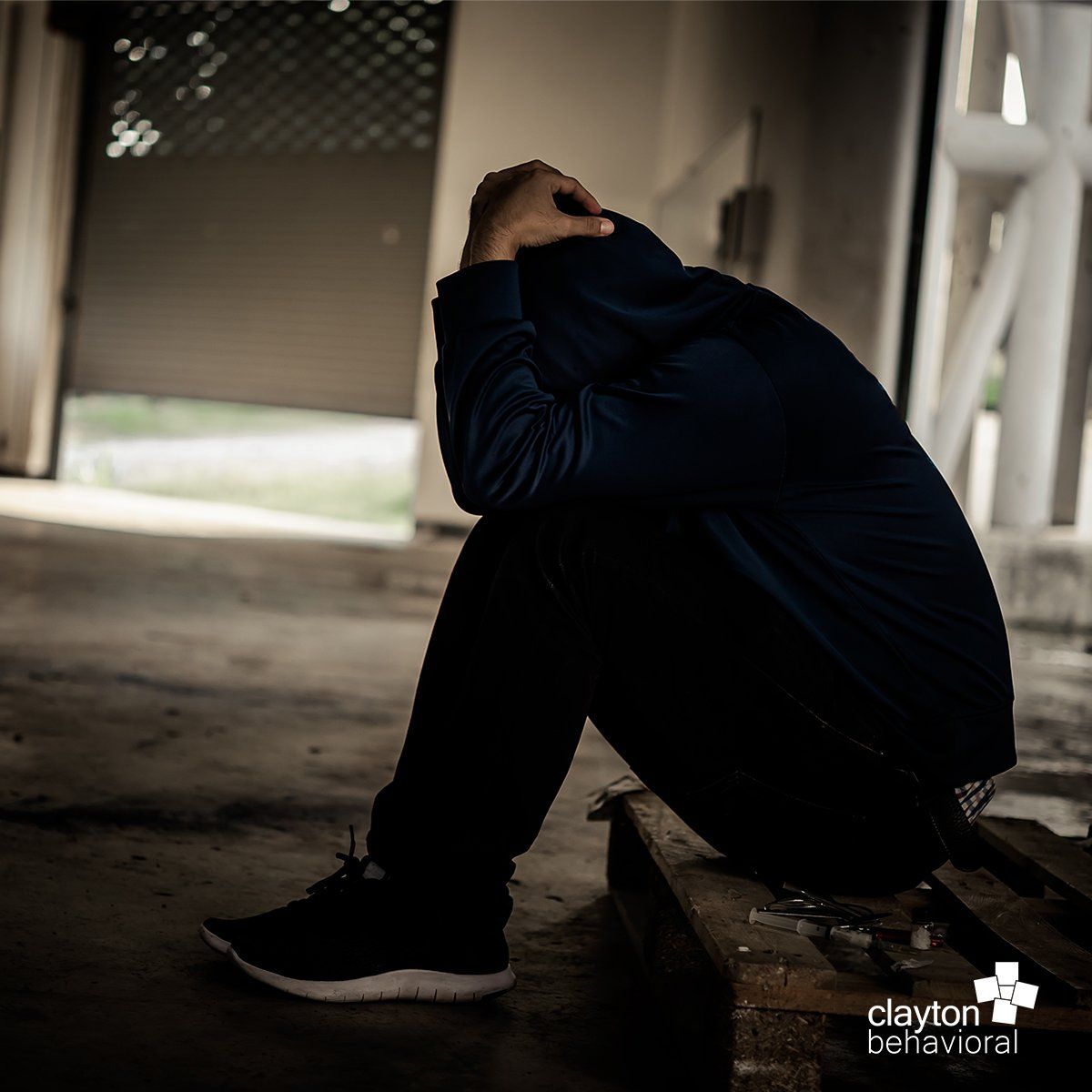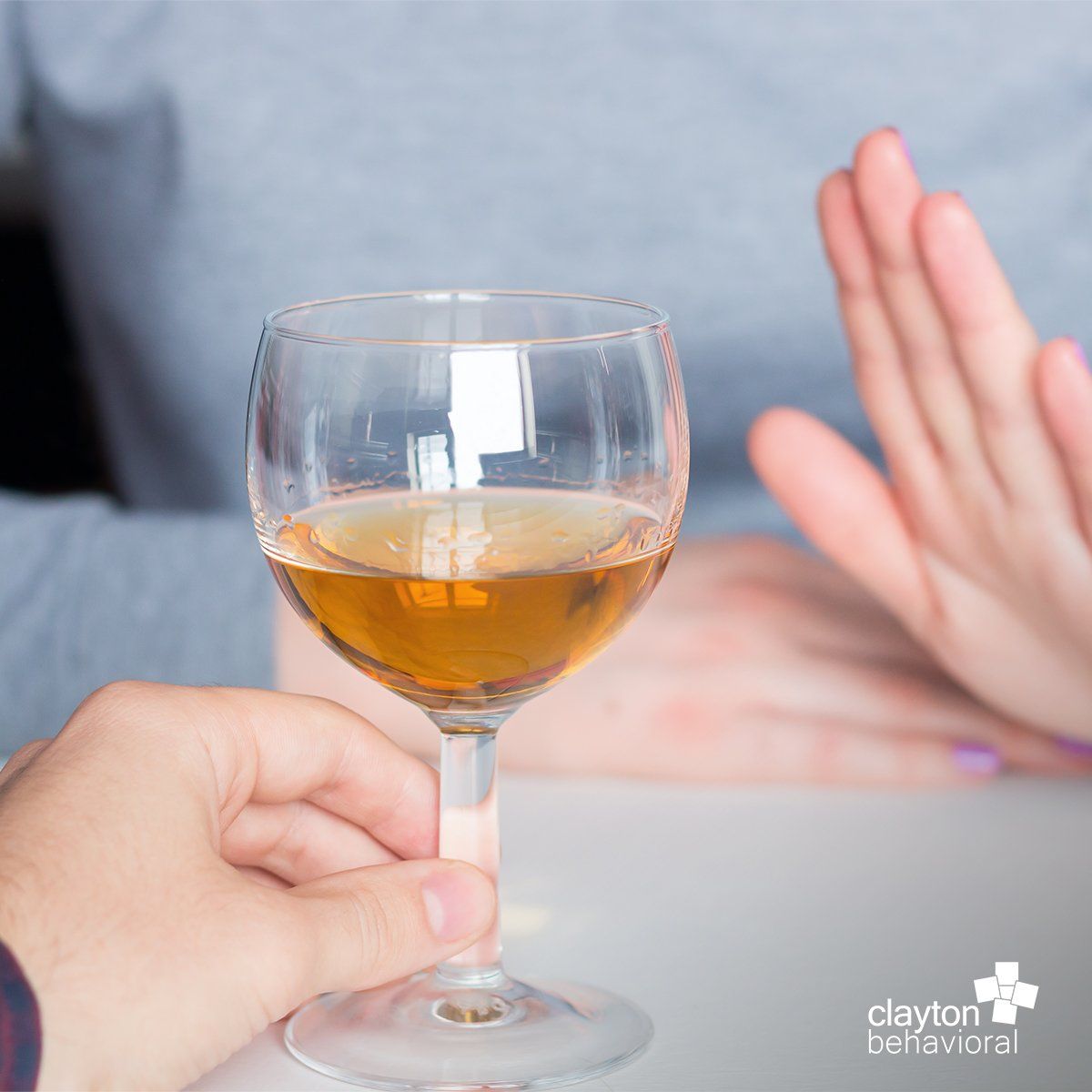Dying High

The news of the death of Phillip Seymour Hoffman from a heroin overdose and of finding him with a needle still in his arm have been shocking. Yet heroin deaths are a common, daily and painful occurrence: about 100 people die across the country from heroin every day. They are not celebrities but mostly middle-class, suburban and young (some as young as 12). Heroin slows down the respiratory drive and can some times cause addicts to stop breathing and turn blue (cyanosis) almost immediately. Although technically a suicide, in reality those who OD hardly ever do so intentionally. In fact, only 10% of heroin ODs end up in death. Users are simply unable to factor in the purity and strength of what they are shooting, or may not be fully aware if heroin was cut with something else that also shuts down the respiratory brain center. Police and EMS workers frequently encounter these situations and can save lives by promptly administering an antidote, naloxone. Heroin kills in many ways, both in the short and in the long run (think of hepatitis, HIV and endocarditis). None is more dramatic and unexpected than the almost instantaneous shut down of the respiratory drive.
Most street heroin is cut (mixed) with an adulterant. The adulterant is cheaper, allowing the dealer to maximize profit. The internet is full of websites where addicts (using the acronym SWIM, Someone Who Isn't Me, to avoid self-incrimination) comment on how to spot how much has heroin been cut, and with what adulterant. St Louis SWIMs report that local street heroin is routinely cut 50:50 with over the counter diphenhydramine, sold under the brand name Dormin. Finding Dormin capsules in your child's room is a strong indicator that they may be dealing heroin. SWIMs are extremely adept at spotting overly adulterated heroin since it burns, looks, smells and dilutes differently. For example, Dormin's capsules are pink, and heroin cut in a blender with them will have pink freckles. Too many freckles means the drug was cut with more than the customary 50% of Dormin. Other adulterants include sugar, coffee and quinine (used for this purpose for more than a century).
Some addicts claim that using Dormin saves them money, since they can get a longer-lasting high with less heroin. Tragically, heroin can also be cut with stronger psychoactive drugs (pain killers) to maximize and prolong the high. This makes the mix even more dangerous, since these added agents are also strong respiratory depressants. We are currently experiencing an epidemic of ODs (many lethal) with the widespread use of heroin cut with Fentanyl. It is extremely difficult for addicts to evaluate the potential lethality of this combination.
SAMHSA (The Substance Abuse and Mental Health Services Administration) alerted this week that a dangerous increase in heroin+Fentanyl ODs are being reported. In a 2-week period, 17 such deaths were seen in Pittsburgh, and 22 in Rhode island. Additional deaths are being reported in New Jersey and Vermont, and the problem is likely to expand across the nation rapidly. You can find free copies of SAMHSA's Opioid Overdose Toolkit here.








